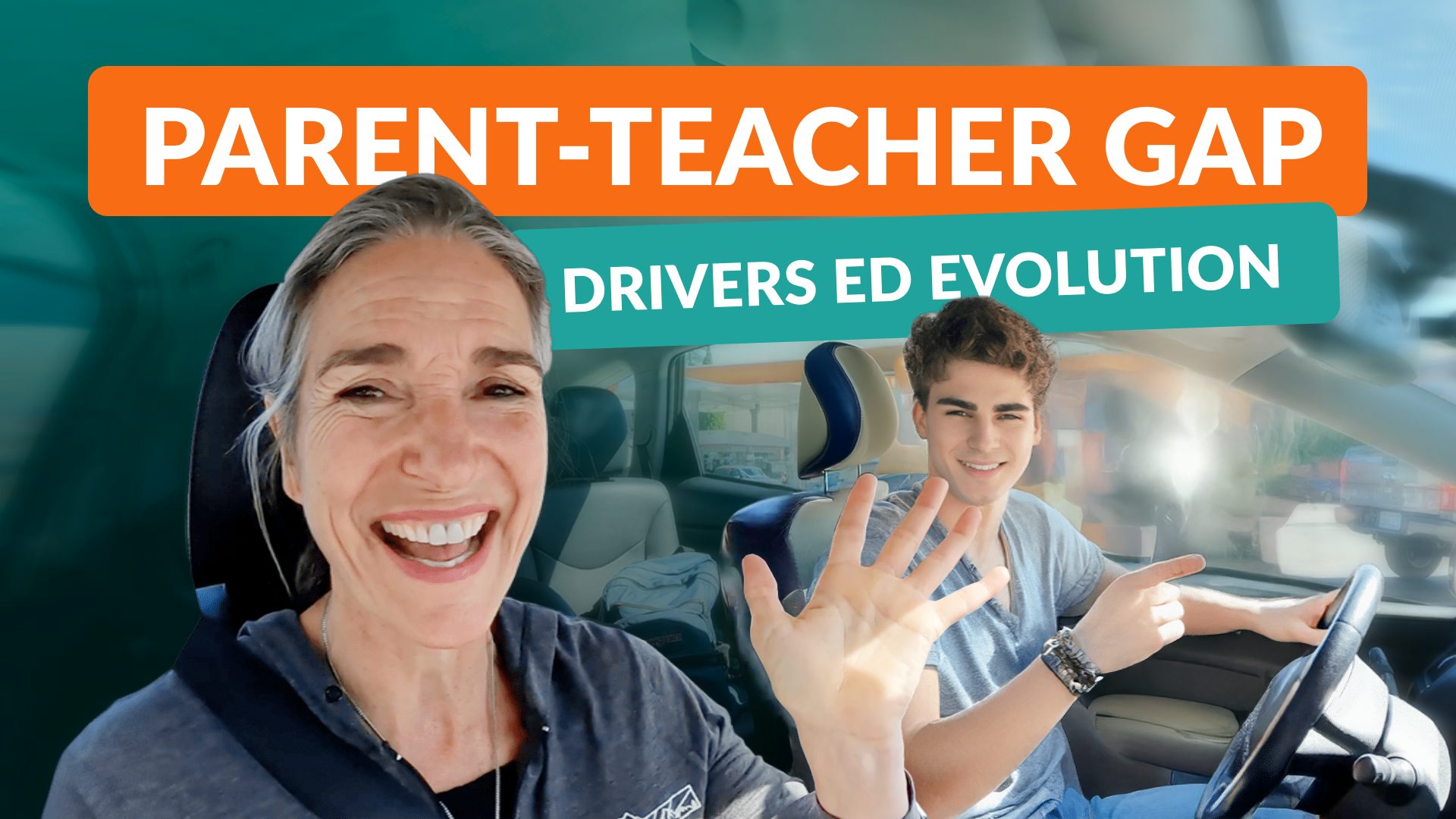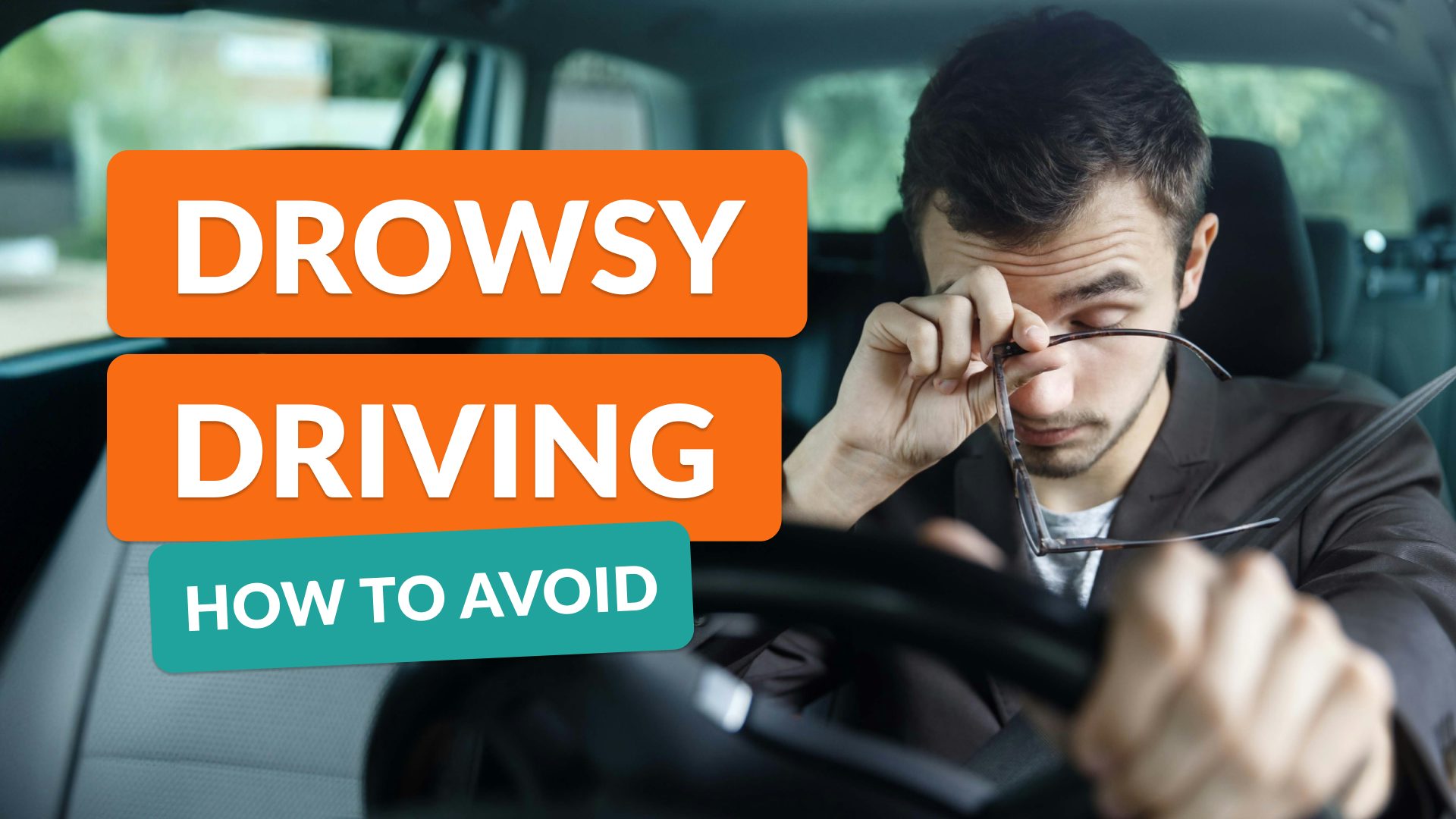
Drowsy Driving: Causes and How to Avoid It
This article covers drowsy driving, why it is so dangerous, and how to avoid it effectively.
What is Drowsy Driving?
Driver fatigue, or drowsy driving, is the feeling of being tired, sleepy, or exhausted when driving and is a major cause of crashes. It affects everyone regardless of driving experience, but experienced drivers are often better able to avoid fatigue by knowing when to take a break.
The Early Signs
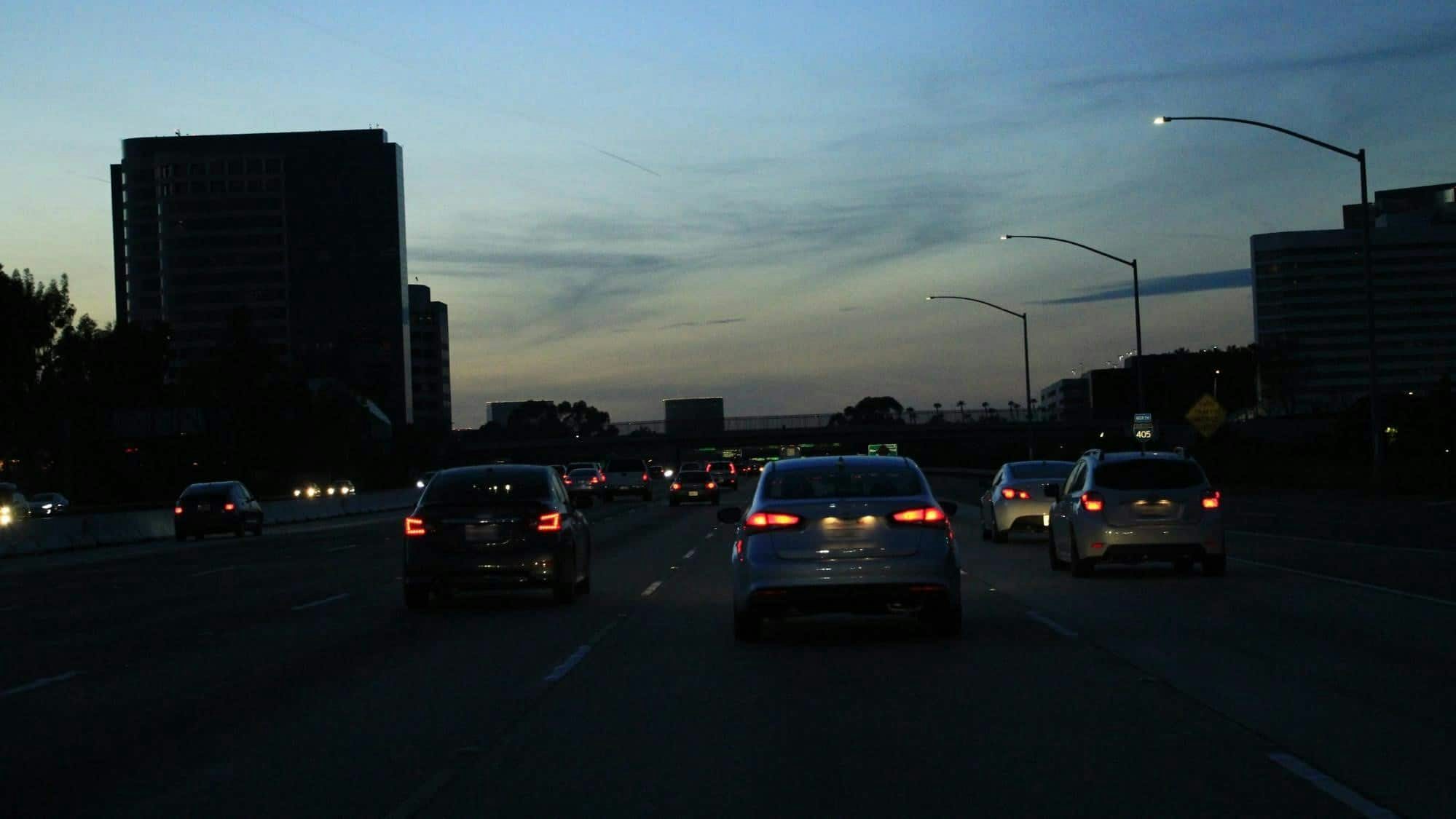
- Your Body: Tired, sore or heavy eyes, frequent blinking, blurred, dim/fuzzy vision, yawning
- Your Attention: Missing road signs, struggling to remember the past few miles
- Your Coordination: Struggle to stay in the lane, trouble changing gear
The Critical Dangers of Drowsy Driving

Microsleep
Drowsy driving can cause microsleeps. A microsleep is a short, unintended loss of consciousness characterized by the closing of the eyes, head-snapping, or nodding. At 60 mph, a 1-second microsleep means that the car will travel about 88 feet without the driver having any control. A 1-second microsleep is enough to cause a dangerous situation.
Poor Judgment
A drowsy driver cannot judge situations correctly or make adequate decisions quickly. Going without sleep for 18 hours is similar to having a blood alcohol concentration (BAC) of 0.05%, nearing the limit in many states.
Slow Reaction
Drowsiness slows down reaction times. Drivers with fewer than 6 hours of sleep have reaction times up to 50% slower than well-rested drivers, and in situations where every second counts, it can be catastrophic.
Reduced Attention
A lack of focus leads to missing important cues such as traffic signs, signals, or the actions of other drivers. The AAA Foundation for Traffic Safety found that drowsy driving is likely to play a role in every 5th fatal crash.
Bad Coordination
Drowsiness affects motor skills and hand-eye coordination, making it difficult to control the vehicle precisely. Moderate sleep deprivation can reduce coordination and motor skills akin to having 3 drinks within one hour.
Memory Problems
Drowsy driving affects short-term memory by completely erasing the last couple of seconds or even minutes. After 24 hours of continuous wakefulness, memory performance decreases by approximately 40%.
Risk Factors
When Does Driver Fatigue Happen?
- When you drive soon after waking up. You have a high risk of fatigue during the first 30 minutes after waking up.
- If you’re driving when you would normally be sleeping (for example, 10 pm – 6 am). Your blood pressure and temperature fall during these hours, which impairs your ability to perform tasks. This is part of your natural sleep pattern, and there is not much you can do about it.
- When you have been awake for longer than usual. The fatigue increases greatly after being awake for 17 hours.
- When you haven’t had enough sleep, you acquire a ‘sleep debt’ and it can only be repaid by sleeping.
- When you have been driving non-stop for a long time. Remember, the longer you drive, the higher the risk of fatigue.
Who is at Risk the Most?
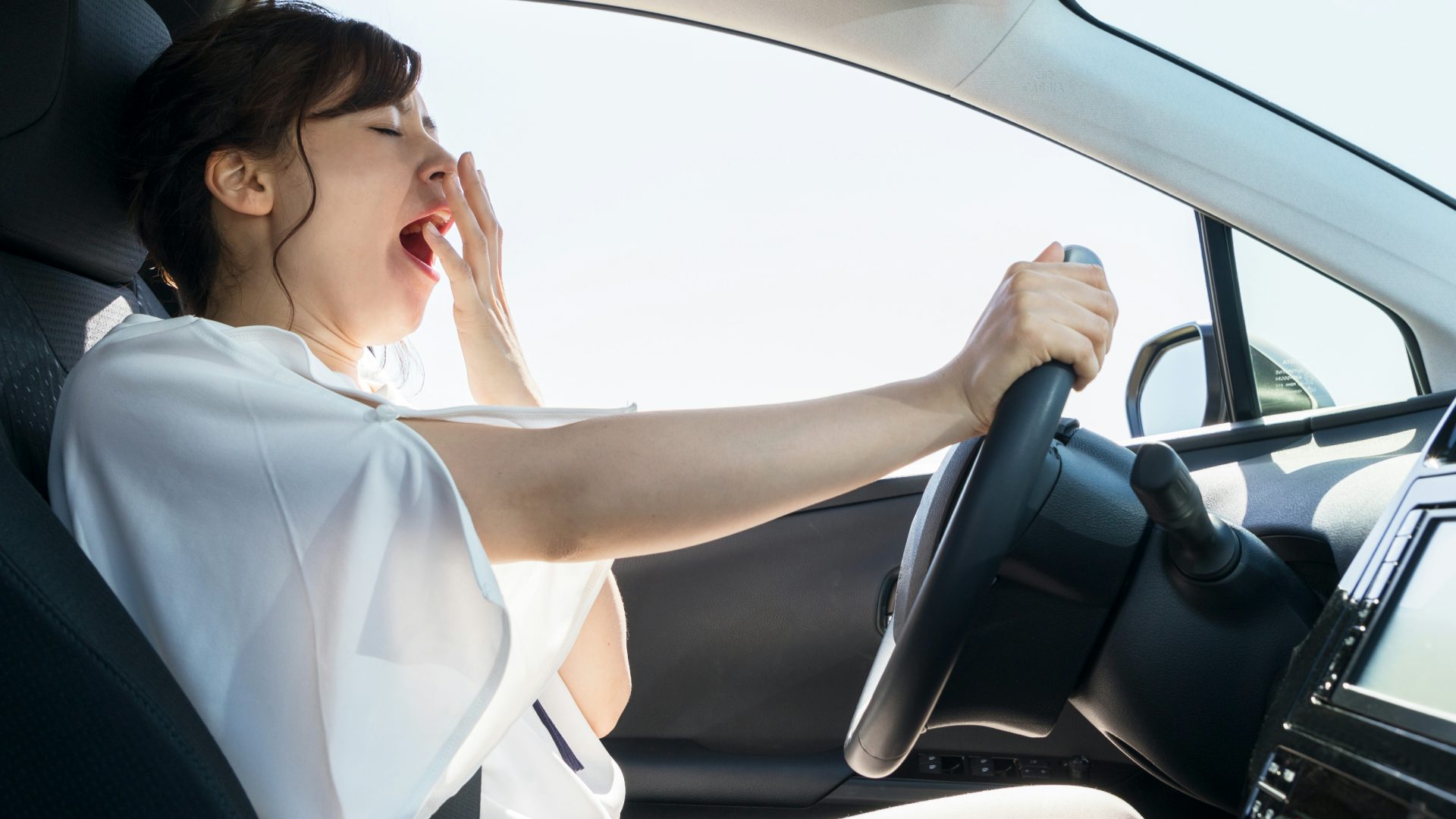
Teens and Young Adults
Every year across the United States, almost 100,000 crashes are caused by drivers falling asleep at the wheel. Almost half of these involve drivers between 15 and 24 years old.
Truck Drivers
Long hours behind the wheel and tight schedules make truck drivers prime candidates for drowsy driving. Studies show that about 13% of commercial truck crashes involve a tired driver, according to the Federal Motor Carrier Safety Administration.
Drivers Working Night Shifts
The National Sleep Foundation reports that night shift workers have a threefold higher risk of crashes. Working at night goes against the body’s natural sleep rhythms, making it hard to stay awake and alert, especially on the drive home.
Drivers on Medications
Lastly, certain medications affect sleepiness. The FDA warns that drugs like sleeping pills, some antidepressants, and even allergy medication can make you drowsy. Always check the label to see if the pills might affect driving.
How to Avoid Drowsy Driving
Before Driving

- Sleep Enough: Aim for 7-8 hours of sleep consistently, not just the night before a long drive.
- Understand Your Sleep Cycle: Try to avoid driving during your typical sleeping hours, especially early morning or late at night.
- Eat Smart: Choose meals that are high in protein and low in carbohydrates before driving to avoid energy crashes.
During Driving
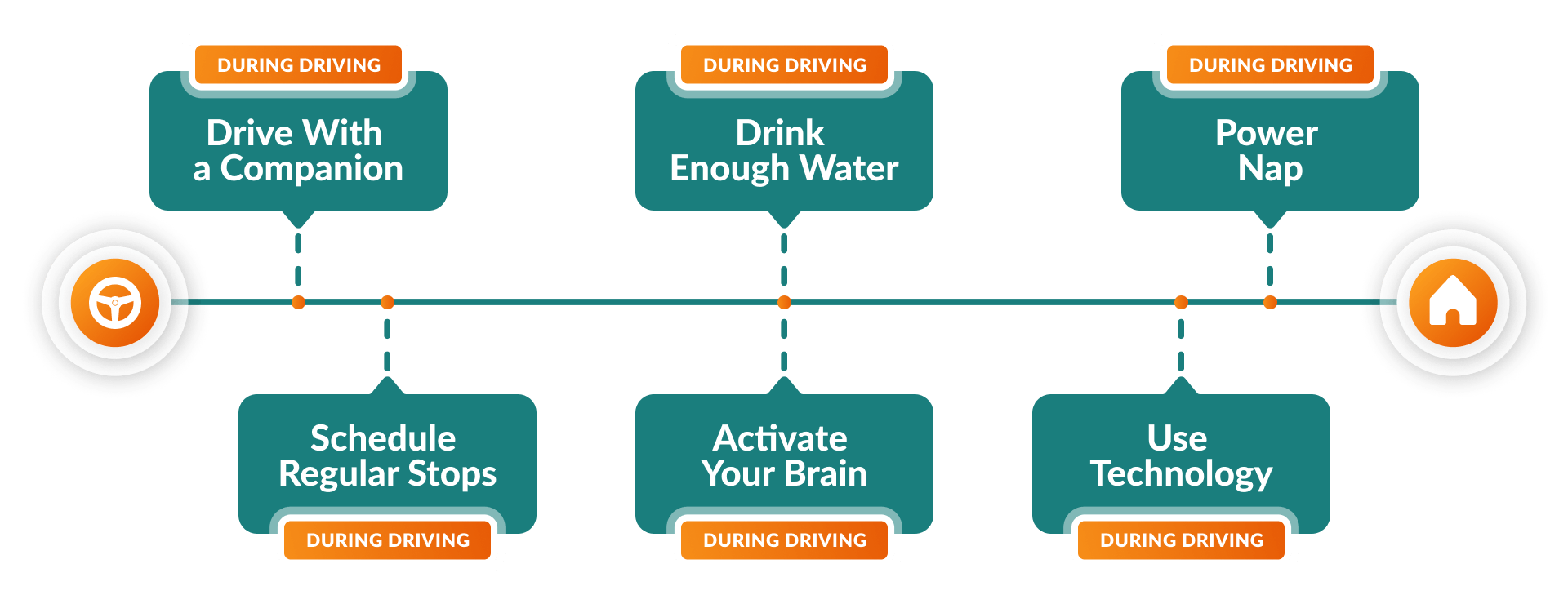
- Drive With a Companion: That way you can switch drivers every once in a while.
- Schedule Regular Stops: 15 minutes every 2 hours or 100 miles. Movement increases blood flow and alertness.
- Drink Enough Water: Keep water handy and sip regularly. Dehydration can cause fatigue.
- Activate Your Brain: Change the radio station, listen to an engaging audiobook, or have a conversation to keep your mind active.
- Power Nap: If you feel drowsy, a 20-minute power nap can be incredibly rejuvenating. Make sure you’re in a safe location to do so.
- Use Technology: Use apps or devices that monitor alertness levels and remind you to take breaks.
Drive Safely with Zutobi
Zutobi is full of practical tips and real-life driving videos to keep you safe and alert on the road. Learn essential driving techniques through easy-to-follow instructions from experienced instructors. Sign up for Zutobi now and make safe driving a habit.

550+ exam-like questions
All you need to ace your test
Perfect for first-timers, renewals and senior citizens
Recommended articles
Ace your DMV test, guaranteed
Want to Be the Top School in Your Area?
- Simple & automated admin
- More time for teaching
- #1 learning materials for students
